Feminist Surrealism
ART MOVEMENT
Empowering the Subconscious and the Fantastic
Feminist Surrealism emerged as a compelling voice within the broader Surrealist movement, bringing a new depth to the exploration of dreams, the subconscious, and fantastical imagery. While traditional Surrealism focused on breaking free from rational constraints and tapping into unconscious thought, feminist Surrealists went further, using their art to challenge established gender roles, societal norms, and patriarchal power structures. For contemporary artists, feminist Surrealism provides not only a rich historical backdrop but also a powerful example of how art can be both intensely personal and deeply political.
© Leonora Carrington The House Opposite, 1945
Transforming Personal Experience into Universal Myths
Many feminist Surrealists drew from their own lives, traumas, and dreams to craft deeply symbolic imagery. Carrington, for example, wove elements of her personal history, mystical beliefs, and folkloric influences into richly layered compositions. For artists, this demonstrates how the personal can become universal—how individual experiences can resonate broadly when imbued with mythological or fantastical elements. Artists can take inspiration from these methods to transform their own personal stories into larger, thought-provoking narratives.

Self Portrait (Inn of the Dawn Horse) © Leonora Carrington
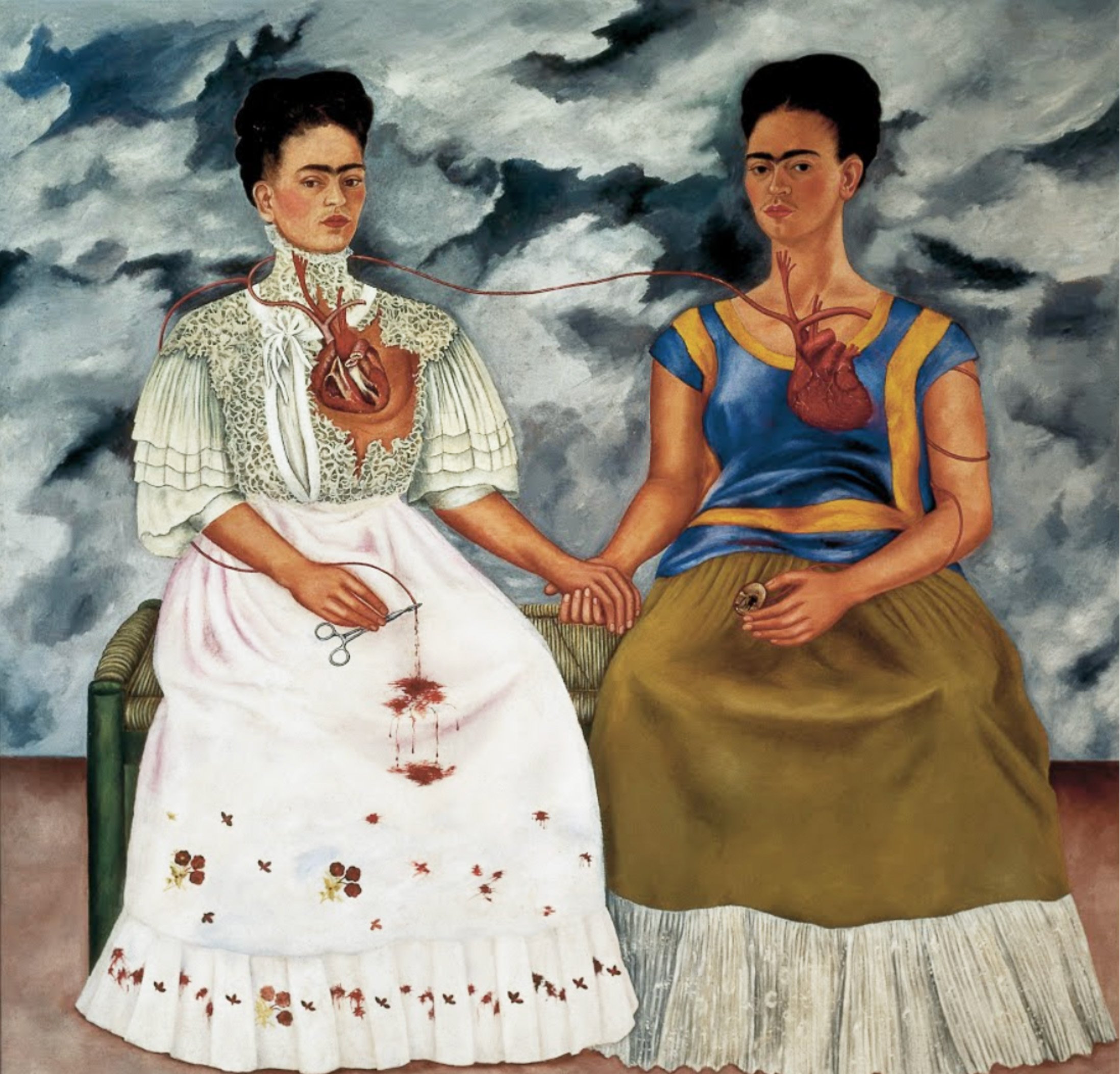
The Two Fridas (Las dos Fridas), 1939 © Frida Kahlo

Genevieve and the May Wolf, 2000 © Kiki Smith
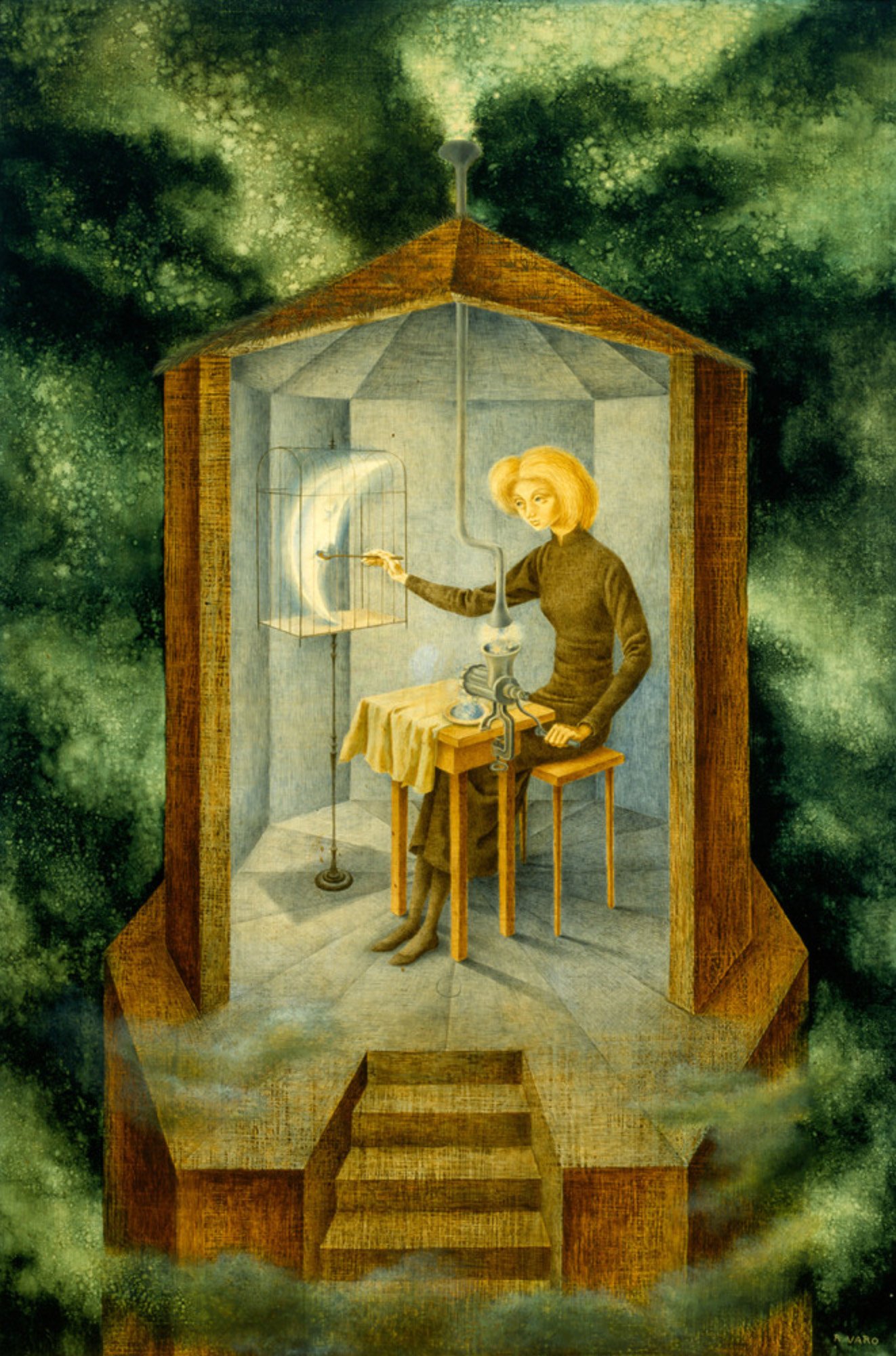
Papilla estelar © Remedios Varo
Discovering Dorothea Tanning: A Surrealist’s Vision
This Tate video delves into the life and work of Dorothea Tanning, an influential figure in the Surrealist movement who brought a distinct, feminist perspective to her art. Tanning’s creations challenge traditional narratives, blending dreamlike imagery with deeply personal themes that speak to universal experiences. Her paintings and sculptures often evoke a sense of mystery and unease, drawing viewers into fantastical worlds that explore identity, memory, and the subconscious. This video provides valuable insights into Tanning’s artistic journey, her contributions to Surrealism, and her legacy as a pioneer who expanded the boundaries of what Surrealist art could represent.
Collapsing Boundaries Between Reality and Imagination
Feminist Surrealism blurs the line between what is real and imagined, often challenging viewers to question their assumptions. Whether through dreamlike landscapes, hybrid creatures, or fragmented perspectives, these artists encourage an ongoing dialogue about perception and truth. For contemporary creators, embracing this fluidity can open up new ways of storytelling, inviting audiences to engage with work on both intuitive and intellectual levels. By allowing multiple interpretations, artists can foster a more inclusive and participatory art experience.
The Temptation of St Anthony by Dorothea Tanning (1945) © Dorothea Tanning
Birthday 1942 © Dorothea Tanning
Dorothea Tanning
Eine Kleine Nachtmusik 1943 © Dorothea Tanning
Pushing Beyond Visual Arts
Feminist Surrealism wasn’t confined to painting and sculpture; it influenced poetry, performance, and literature. This interdisciplinary spirit inspires today’s artists to think beyond medium and genre. Exploring how different forms of expression interact—such as combining text and image, or blending performance with installation—can lead to innovative works that engage audiences in unexpected ways.
Ana Mendieta’s Untitled: Silueta Series, Mexico
Ana Mendieta’s Untitled: Silueta Series, Mexico captures the artist’s unique approach to blending her body with the natural world. Created between 1973 and 1977, this suite of twelve color coupler prints documents Mendieta’s ephemeral interventions in the landscape. In these images, her silhouette is imprinted in earth, sand, or stone, often surrounded by organic materials such as flowers, leaves, or blood. Each composition reflects Mendieta’s deeply personal exploration of identity, exile, and her connection to both Cuban and Mexican heritage. By leaving her mark on nature, Mendieta transforms her body into a universal symbol—one that speaks to themes of belonging, loss, and spiritual communion with the environment.
A source of inspiration
Ultimately, feminist Surrealism demonstrates that art can be a powerful means of questioning societal structures and reimagining what’s possible. By studying its bold imagery, symbolic depth, and radical perspectives, contemporary artists gain tools to not only create more layered and meaningful work, but also to contribute to a broader cultural dialogue. Feminist Surrealism is not just a historical moment—it’s an ongoing source of inspiration, a reminder of art’s potential to transform both individuals and the societies in which they live.

Claude Cahun, Self portrait, 1927
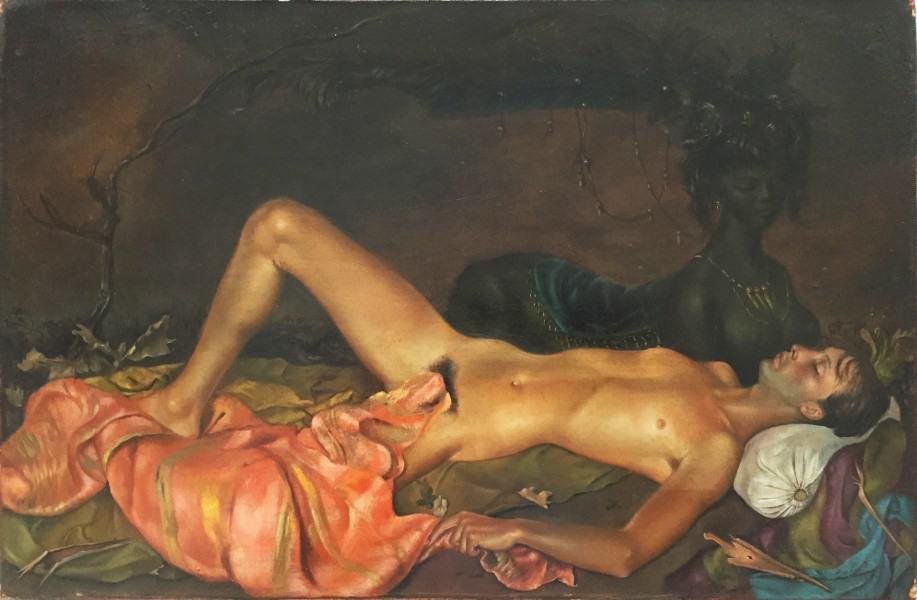
Leonor Fini, Chthonian Deity Watching over the Sleep of a Young Man, 1946

Leonor Fini, Dans la tour, 1952
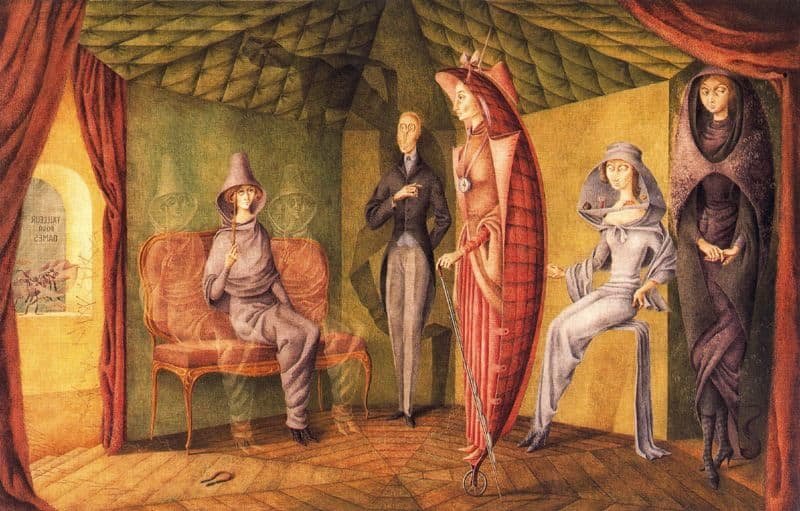
Remedios Varo, Women’s Tailor, 1957
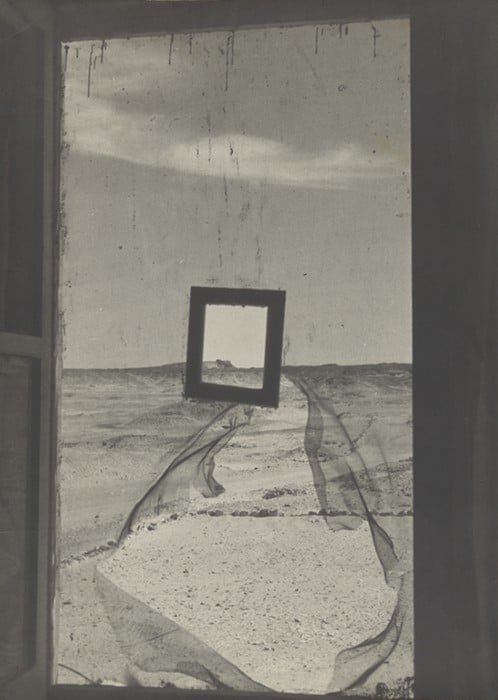
Lee Miller, Portrait of Space, 1937

Leonora Carrington, Portrait of the Late Ms. Partridge, 1947

Emila Medková, Cascade of Hair, 1949

Frida Kahlo, The Wounded Deer, 1946

Jane Graverol, The Massacre of the Innocents, 1967
Interested in Being Featured?
We’re always on the lookout for talented artists to showcase on our platform. If you’d like your work to be considered, we’d love to hear from you. Send us a brief introduction and a link to your portfolio or website, and you could be our next featured artist. Don’t miss this chance to share your story and work with our audience—submit your proposal today!







